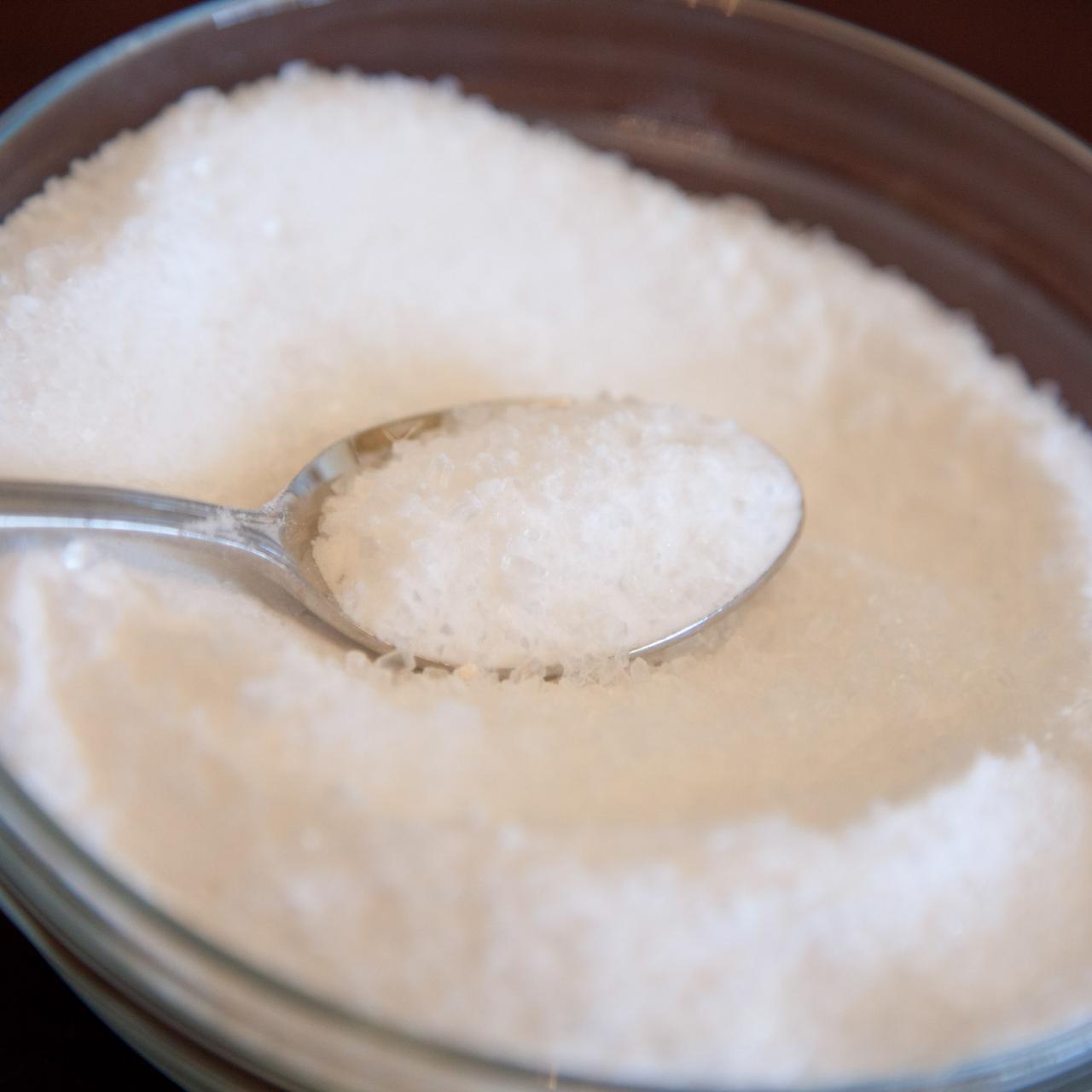Find What Plants Don't Like Epsom Salt in Your Yard
Find What Plants Don't Like Epsom Salt in Your Yard
Blog Article
Explore Why Some Plants Decline Epsom Salt as a Nutrient Resource
In the complex world of plant nutrition, the being rejected of Epsom salt as a feasible nutrient source by some plants postures an intriguing dilemma. The factors behind this careful habits dig right into a complicated interplay of plant absorption mechanisms, the special chemical structure of Epsom salt, and plant-specific nutrient choices.
Plant Absorption Devices
In diving right into the complex world of plant absorption devices, it becomes noticeable that the procedure is governed by an innovative interaction of molecular pathways and physiological characteristics. Plants soak up nutrients largely via their origins, using different transport systems to uptake important elements such as nitrogen, phosphorus, potassium, and magnesium. Magnesium, an essential element in chlorophyll synthesis and enzyme activation, plays an important function in plant development and growth.
The absorption of magnesium includes a number of steps, starting with its accessibility in the dirt option. As soon as liquified, magnesium ions are occupied by plant origins with certain transportation healthy proteins installed in the cell membranes. These healthy proteins assist in the motion of magnesium throughout the origin cell wall surfaces and into the plant's vascular system, where it is after that distributed to different cells to support numerous physical functions.
Recognizing the elaborate mechanisms behind magnesium absorption in plants sheds light on exactly how this important nutrient contributes to total plant health and performance. By enhancing magnesium uptake pathways, cultivators can improve crop returns and high quality, emphasizing the value of comprehending plant absorption characteristics for sustainable agriculture techniques.
Epsom Salt Chemical Structure
The chemical framework of Epsom salt, additionally recognized as magnesium sulfate heptahydrate, reveals an unique plan of components that contribute to its special properties and applications. The seven water molecules are freely adhered to the magnesium sulfate compound, permitting it to dissolve quickly in water and be easily taken up by plants with their origins.
The crystal framework of Epsom salt forms monoclinic prisms, which are extended crystals with parallel ends. This crystal shape influences the physical homes of Epsom salt, such as its appearance and solubility. Understanding the chemical structure of Epsom salt is crucial for comprehending its habits as a nutrient source and its interactions with plants in horticultural and farming practices.
Plant-Specific Nutrient Preferences
Plants exhibit distinctive choices for specific nutrients, emphasizing the relevance of comprehending their specific needs for ideal development and development. Understanding these plant-specific nutrient choices is important for making the most of crop returns, boosting decorative plant growth, and promoting total plant health.

Plant-specific nutrient choices can likewise differ based upon whether the plant is a monocot or dicot. Monocots, such as lilies and grasses, have various nutrient demands compared to dicots like roses and tomatoes. In addition, certain plants may show particular deficiencies or toxicities when revealed to excess or insufficient degrees of certain nutrients. By customizing nutrient supplements to satisfy the exact needs of each plant species, cultivators can enhance plant development, reduce nutrient waste, and support sustainable farming practices.

Soil Ph and Nutrient Uptake
Provided the crucial role of plant-specific nutrient preferences in maximizing growth and health, comprehending the connection in between dirt pH and nutrient uptake becomes vital. Dirt pH plays a vital function in figuring out the schedule of vital nutrients for plant uptake. Different plants have varying pH preferences for ideal nutrient absorption. As an example, acidic dirts with go a lower pH are beneficial for plants like blueberries and azaleas, while alkaline dirts with a greater pH match plants such as lavenders and clematis.
Dirt pH influences the chemical types of nutrients in the soil. In acidic dirts, nutrients like aluminum, manganese, and iron can come to be extra offered, yet too much level of acidity can cause poisoning concerns. On the other hand, alkaline dirts may restrict the accessibility of nutrients like iron, zinc, and copper, affecting plant growth. Maintaining the ideal pH level in the dirt is necessary for making sure that plants can effectively uptake the required nutrients for their healthy and balanced development and performance.
Hereditary Elements in Nutrient Uptake
In the realm of plant nourishment, the interplay of hereditary factors dramatically influences the uptake of necessary nutrients crucial for plant growth and advancement. Hereditary aspects play a crucial role in shaping a plant's ability to absorb and use nutrients successfully.
Furthermore, hereditary factors also determine the performance of nutrient uptake mechanisms within plants. For instance, some plants may possess hereditary attributes that boost their capacity to scavenge nutrients from the soil efficiently, giving them an affordable advantage in nutrient-poor atmospheres. On the various other hand, genetic variants can additionally cause restrictions in nutrient uptake, making certain plants more at risk to shortages even when nutrients are bountiful in the dirt.
Comprehending exactly how genetic aspects influence nutrient uptake is important for developing methods to enhance plant nutrition and boost crop performance in numerous agricultural setups. By deciphering the genetic devices included in nutrient uptake, researchers can function in the direction of developing genetically improved plant ranges with enhanced nutrient purchase capacities.
Final Thought

In the detailed globe of plant nutrition, the being rejected of go to this web-site Epsom salt as a viable nutrient resource by some plants positions an intriguing quandary. what plants don't like epsom salt. Recognizing these plant-specific nutrient preferences is crucial for maximizing crop returns, boosting ornamental plant growth, and promoting total plant health and wellness
By customizing nutrient supplementation to satisfy the exact needs of each plant species, farmers can optimize plant development, decrease nutrition waste, and support sustainable farming techniques.
In the realm of plant nourishment, the interaction of genetic elements significantly affects the uptake of crucial nutrients critical for plant growth and growth. Understanding these intricacies in plant nutrient uptake is important for optimizing plant growth and health and wellness in agricultural techniques.
Report this page